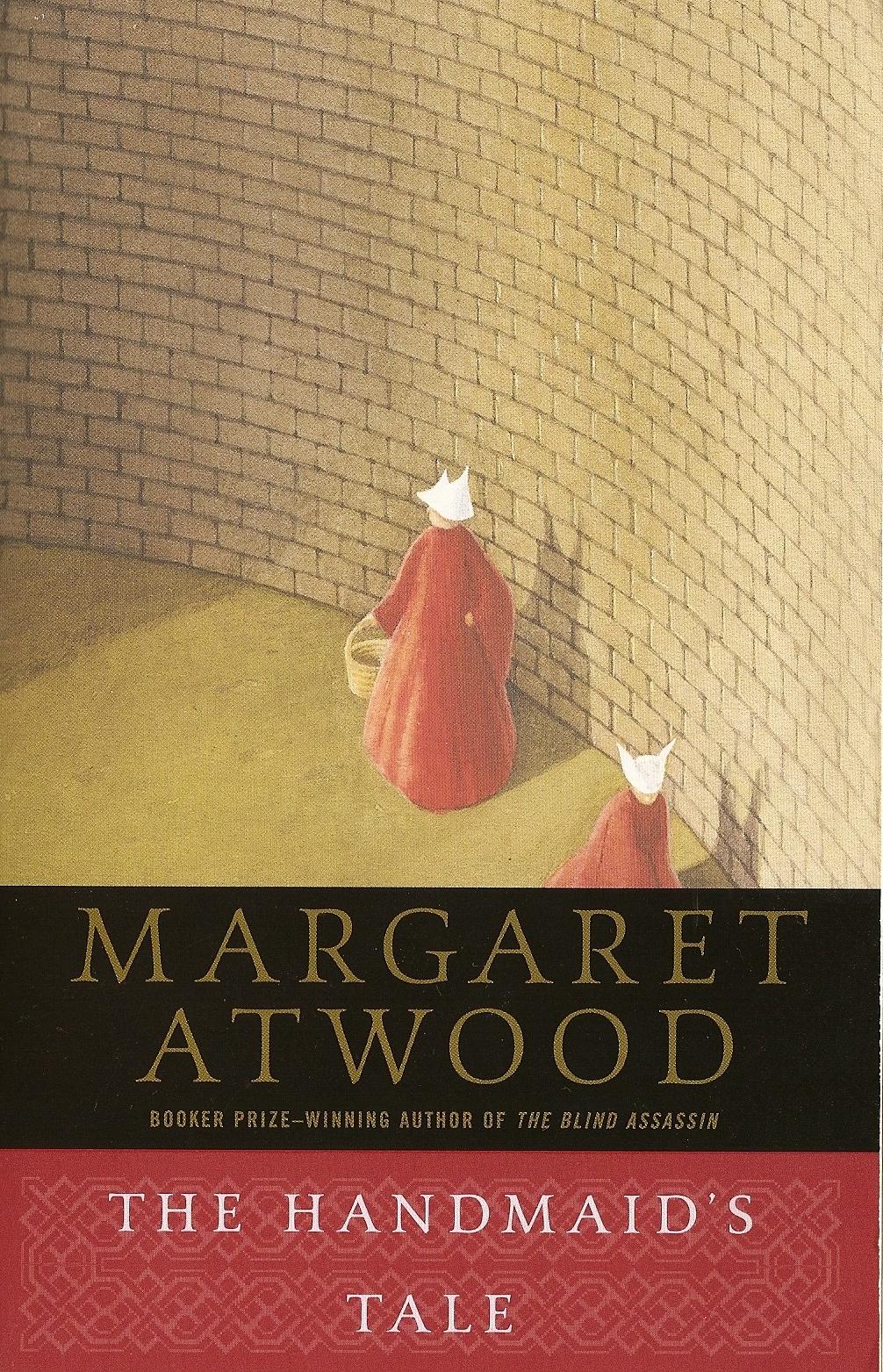
The Handmaid’s Tale: A Man’s Response

The Handmaid’s Tale: A Man’s Response
By: claycormany in Books
I am not a big fan of dystopian fiction, the genre of literature that deals with individuals surviving and/or struggling against a repressive government or possibly a post-apocalyptic world with no government. However, I recently read Margaret Atwood’s The Handmaid’s Tale, partly in response to the #Me Too Movement and partly because the book appears on the Chautauqua Book List. (I am trying to graduate from the Chautauqua Literary and Scientific Circle by reading 12 books on that list.) The Handmaid’s Tale is not an easy read. Atwood pays little attention to the rules of grammar. She does not always follow a question with a question mark, and her use of commas, periods, and semicolons reflects no consistent pattern. Moreover, she refrains from using quotation marks around conversations that occurred in the past. As an editor, I felt a bit discomforted by her style, but as a reader, it didn’t trouble me for long. In any case, it can be argued that since the story expresses the protagonist’s thoughts and feelings, as she experiences them, her observations won’t necessarily flow out in neat, tidy, grammatically sound sentences.
Offred, Atwood’s protagonist, lives in the Republic of Gilead, which seems to occupy New England as well as parts of New York. We learn of Gilead and its inhabitants almost exclusively through Offred’s eyes, and as she admits herself, this perspective is impaired by her limited knowledge of what’s happening. It becomes immediately clear, however, that Gilead is controlled by a repressive patriarchal government that operates, at least on the surface, according to Old Testament values and customs. Offred makes it clear right away that Gilead is a strictly regimented society where people have titles with clearly defined roles. As a Handmaid, she is expected to produce offspring fathered by her “Commander.” We learn later that Gilead in particular and the world in general is suffering from a declining birthrate. Other people in Gilead include “Marthas,” female domestic workers and servants; “Econowives,” women married to low-ranking men; and “Guardians,” men involved in routine security functions and unskilled work — although some are “Eyes,” that is, members of Gilead’s secret police.
Offred unveils the brutality and intolerance of Gilead gradually. Some revelations come as she reflects on her experiences at the “Red Center” where she and her fellow Handmaids received training from harsh disciplinarians known as “Aunts.” Other disclosures come as she fulfills her duties and routines as a Handmaid. These include trips to the local market, which sometimes are followed by detours to “the Wall” with its grisly hooks. There is also the conjugal “ceremony” she goes through with the Commander and his Wife — a bizarre procedure that supposedly parallels the way Old Testament patriarchs had intercourse with their wives’ handmaids in an effort to produce progeny. Finally, Offred’s speculations about the fate of her mother, her daughter, and her husband Luke give us insights to a society which came about as a result of widespread violence against women and a bloody overthrow of the federal government. As she considers three distinct fates that may have befallen Luke, Offred grimly remembers their failed attempt to escape from Gilead.
Although Offred’s observations provide the main source of information about Gilead, some additional information comes from an academic symposium held many years in the future. From the keynoter’s speech we learn that the concept of Gilead was shaped by the “Sons of Jacob,” a think tank which included Fred Waterford, a marketing expert and probably Offred’s Commander. We also learn that the falling birthrates resulted from environmental disasters such as nuclear-plant accidents and leakages from toxic waste dumps.
As a man with a wife, two daughters, a stepdaughter, a daughter-in-law, and three granddaughters, the idea of Gilead terrifies me. But it also terrifies me as the father of a son, a stepson, two sons-in-law, and five grandsons. Because as oppressive as Gilead is to women, it is also very dangerous and demeaning to males, except for a select few at the top. We learn, early in the tale, that Gilead is at war. The government claims that its soldiers, known as “Angels,” are winning. This may not be true but even if it is, when wars are fought, men die. There is also an internal conflict going on with an Underground known as “May Day.” So men are perishing in violent conflict both inside and outside of Gilead’s borders.
But there’s another reason why any rational man would recoil at the thought of a real-life Gilead. Simply put, Gilead de-humanizes men. Just as women are “wombs with two legs,” according to Offred, men are regarded as seed dispensers needed only for procreation; they are incapable of love, commitment, or tenderness. At one point, Offred recalls Aunt Lydia’s attitude toward men: “Men are sex machines…and not much more. They only want one thing. You must learn to manipulate them for your own good. Lead them around by the nose; that is a metaphor. It’s nature’s way. It’s God’s device. It’s the way things are.”
So there you have the Republic of Gilead: Although it treats men and women differently, it is ultimately oppressive and threatening to both.
When I looked over some of the reviews of The Handmaid’s Tale, many reviewers (especially women) felt that Gilead-type regimes already existed in certain parts of the world; some even felt the U.S. was moving in that direction. In my next blog, I’ll tackle this question: The Republic of Gilead — Could it happen here?
Tags: Atwood, Commander, Gilead, Handmaid, Offred


Gilead exists today wherever patriarchal religions are an integral part of the government. Usually this is in economically poor countries where there are few options for learning about other cultures and ways of being, or where potentially rich nations are engaged in war.